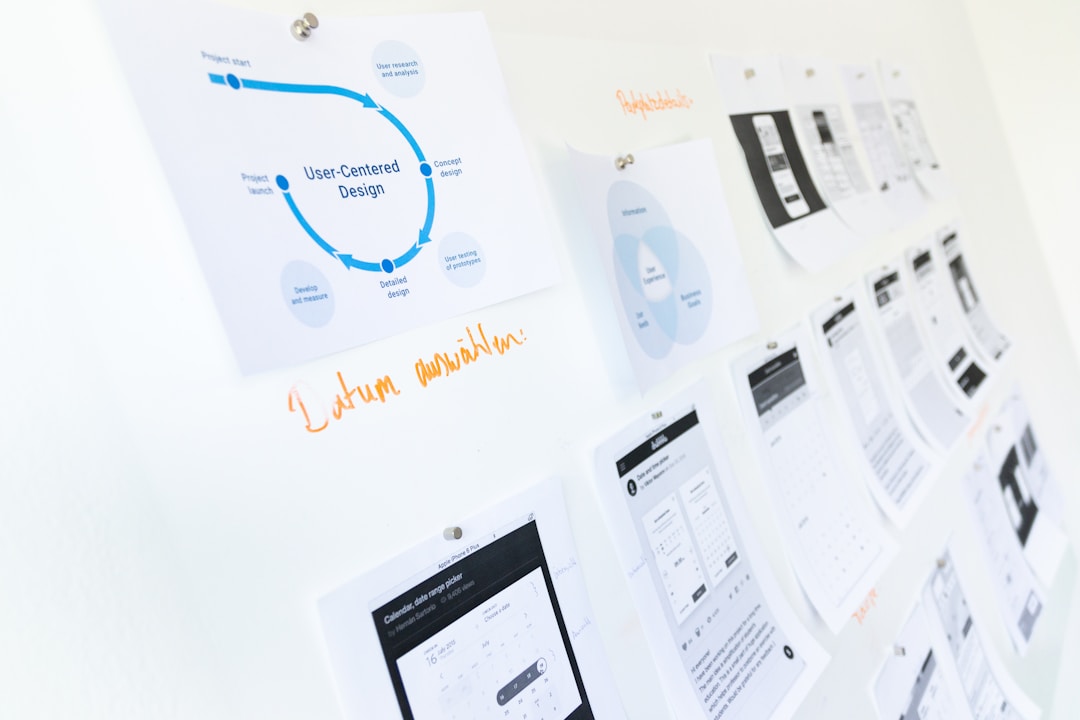Last Updated on February 15, 2024 by Nasir Hanif
An analysis of variance, or ANOVA, is a test designed to determine whether or not the results of an experiment are significant enough. An ANOVA can help decide whether or not you should reject your null hypothesis or embrace an alternative hypothesis based on the given data. Naturally, ANOVA has diverse applications across almost every industry. In data-rich markets, an analysis of variance is critical to gain quick insights into data.
Of course, this introductory description makes ANOVA seem relatively self-explanatory. Though analysis of variance isn’t the world’s most complex concept, like any data science subject, it breaks down into different types of ANOVA. Whether your sample size or dependent variables and independent groups, ANOVA can help you spot variance and spot significant differences in your dataset. Here are a few of the various types of ANOVA and their applications.
Table of Contents
One-way ANOVA tests have a single independent variable.
In ANOVA tests, there are independent variables and dependent variables. Commonly, your hypothesis tests interaction effects between different groups. In this sense, one-way ANOVA is easy to grasp: One-way ANOVA is a test with one independent variable. Typically, one-way ANOVA has two different groups or levels to the ANOVA test. Groups or levels are characterized as other components that operate in the same independent variable. Testing response variables and interaction effects between these groups is critical for effective single-way ANOVA.
Two-way ANOVA has a higher number of independent variables.
If one-way ANOVA has a single independent variable, it makes sense that two-way ANOVA would have two independents. Furthermore, there may even be multiple levels within these independents that can significantly affect data collection and interpretation. So when you’re using a statistical method like two-way ANOVA, there are also two common types of ANOVA tests that you can use to parse data for significant results.
The first statistical method is the two-way ANOVA with replication. Replication essentially means two groups of participants are doing more than one thing. However, if you’re running a two-way ANOVA without replication, you may have a single group doing more than one thing during your testing and measurement phases. When you have a single group doing more than one thing, it’s known as double-testing, a critical skill for data analysis.
What is MANOVA?
Compared to one or two-way ANOVA, MANOVA is a test that has several dependent variables. However, MANOVA is similar to ANOVA in that the goal is still to test whether a response variable or dependent variable changes in response to your independent variables. You can approach MANOVA in several different ways and leverage its multivariate values. MANOVA can significantly affect your test results, and many experiments and hypotheses depend on a multivariate analysis of variance to succeed.
ANCOVA is the analysis of covariance.

It wouldn’t be statistical analysis without instances of covariance. Of the main types of ANOVA, ANCOVA analyzes the means of your dependent variable and seeks to determine whether or not these remain static or equal across differing levels of the test’s independent variable. This hypothesis test is sometimes called a treatment and is a core component of an effective data analysis strategy.
Students interested in ANOVA, ANCOVA, and other everyday data science methodologies should invest in a low-cost TIBCO software license to get hands-on experience with different tools and tactics. From ANOVA to MANCOVA, TIBCO is a leading enterprise software solutions provider that empowers students and professionals with best-in-class software platforms. With the right tools in your arsenal, it’s that much easier to improve the robustness of your data analysis efforts, spot instances of variance, and make yourself a much more viable candidate in the eyes of global employers.
Read more: What is MANOVA?
















